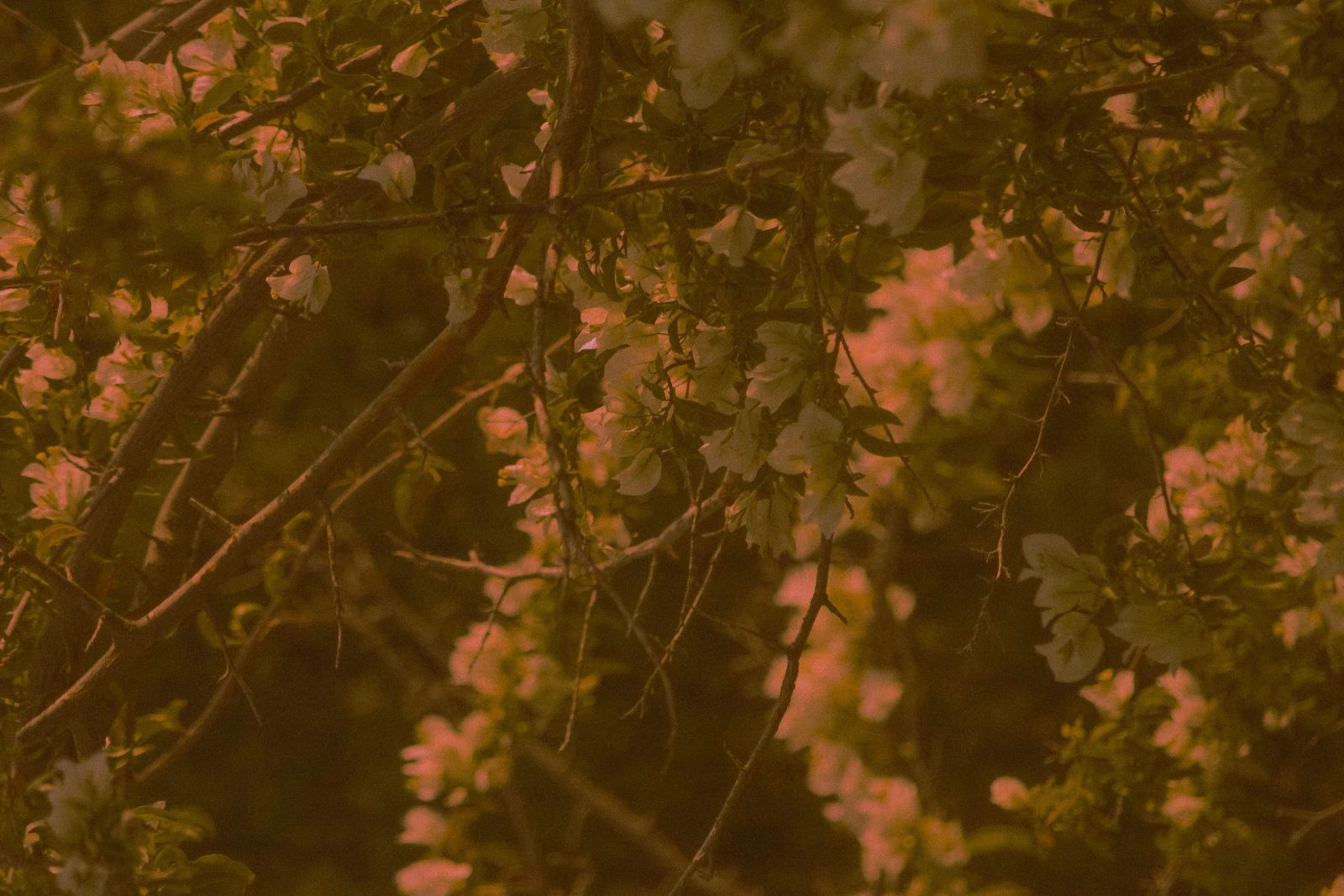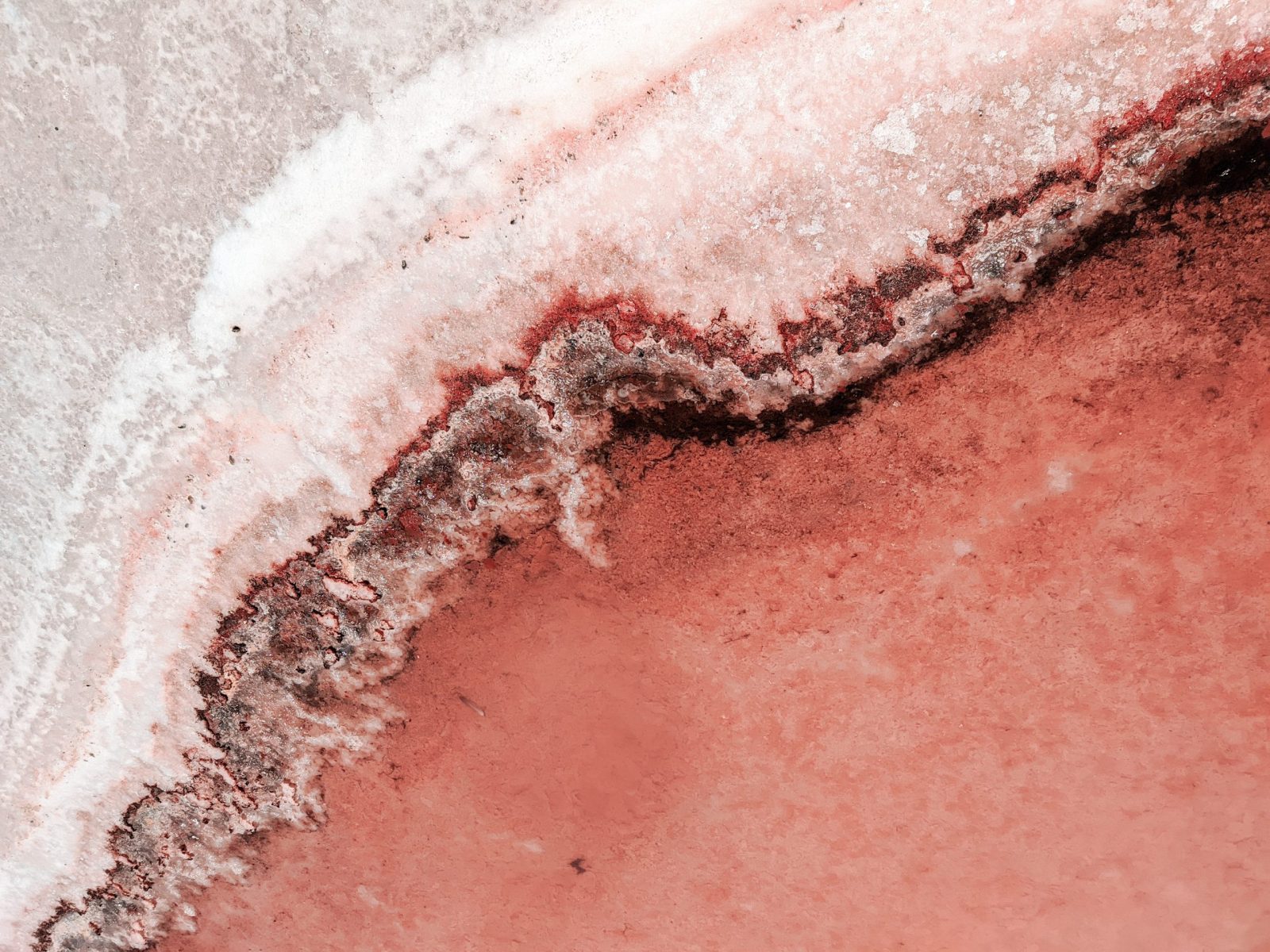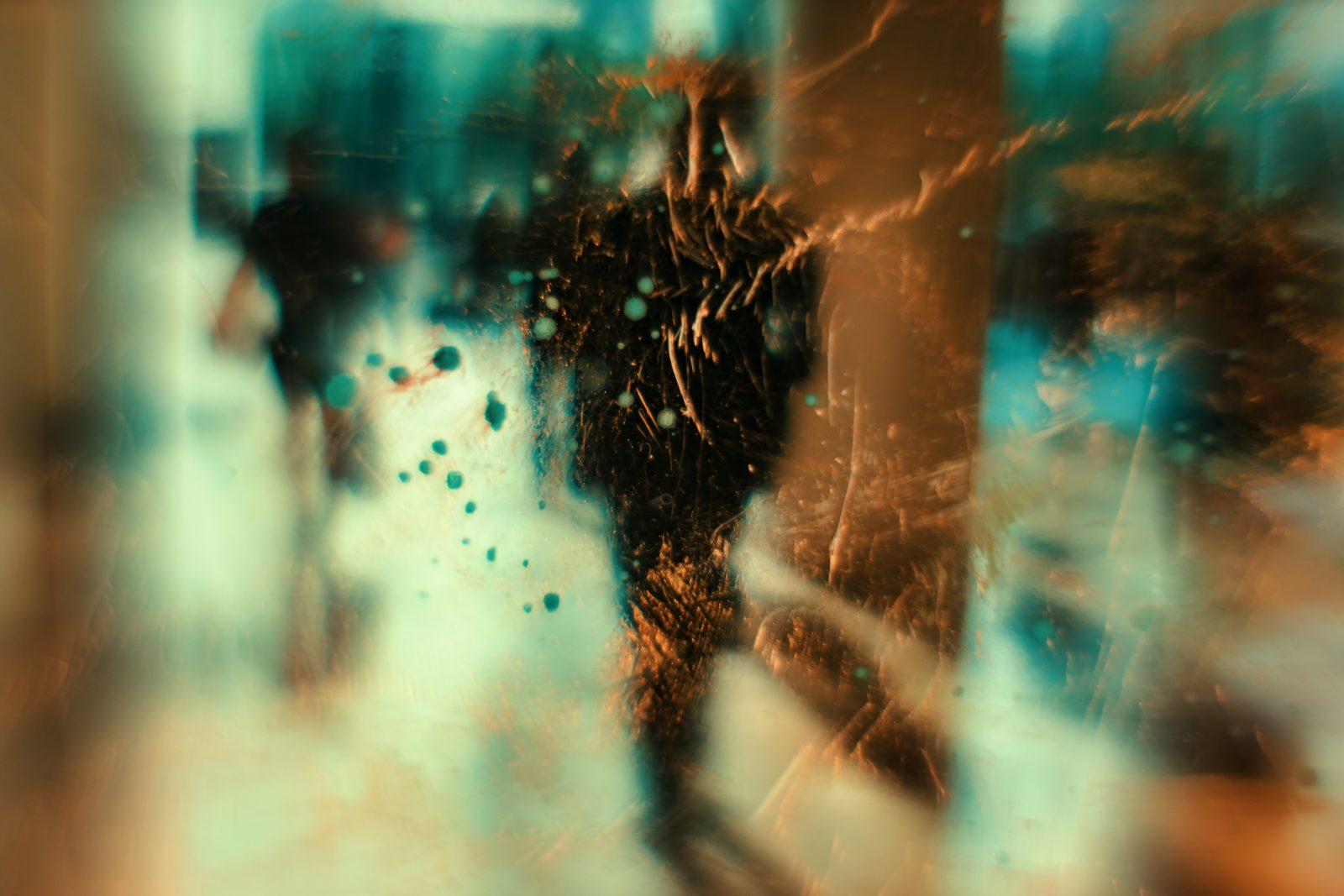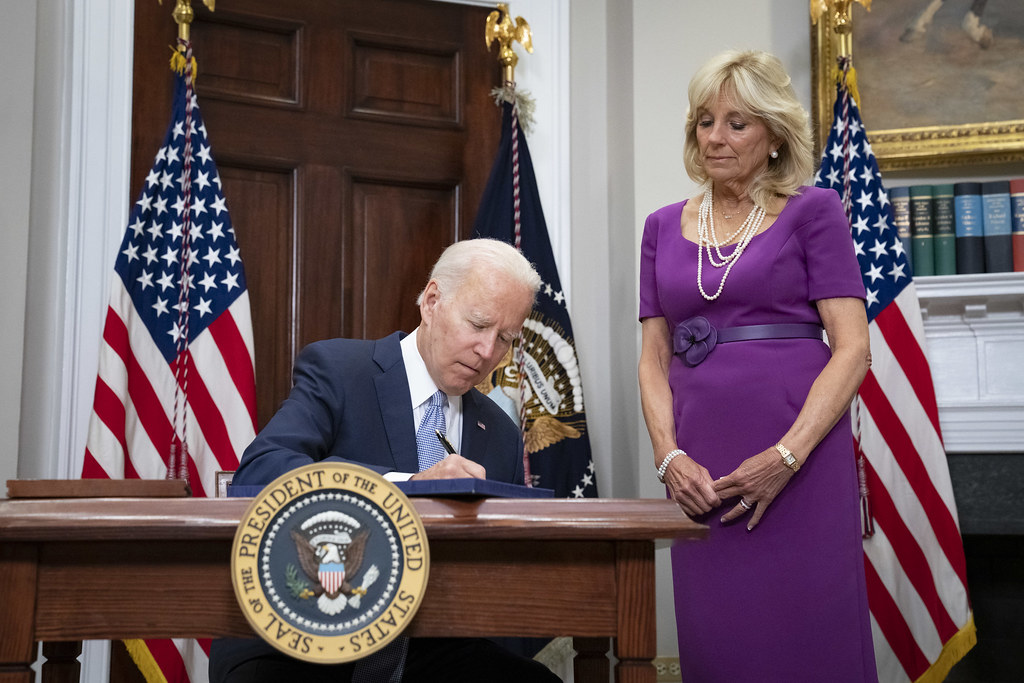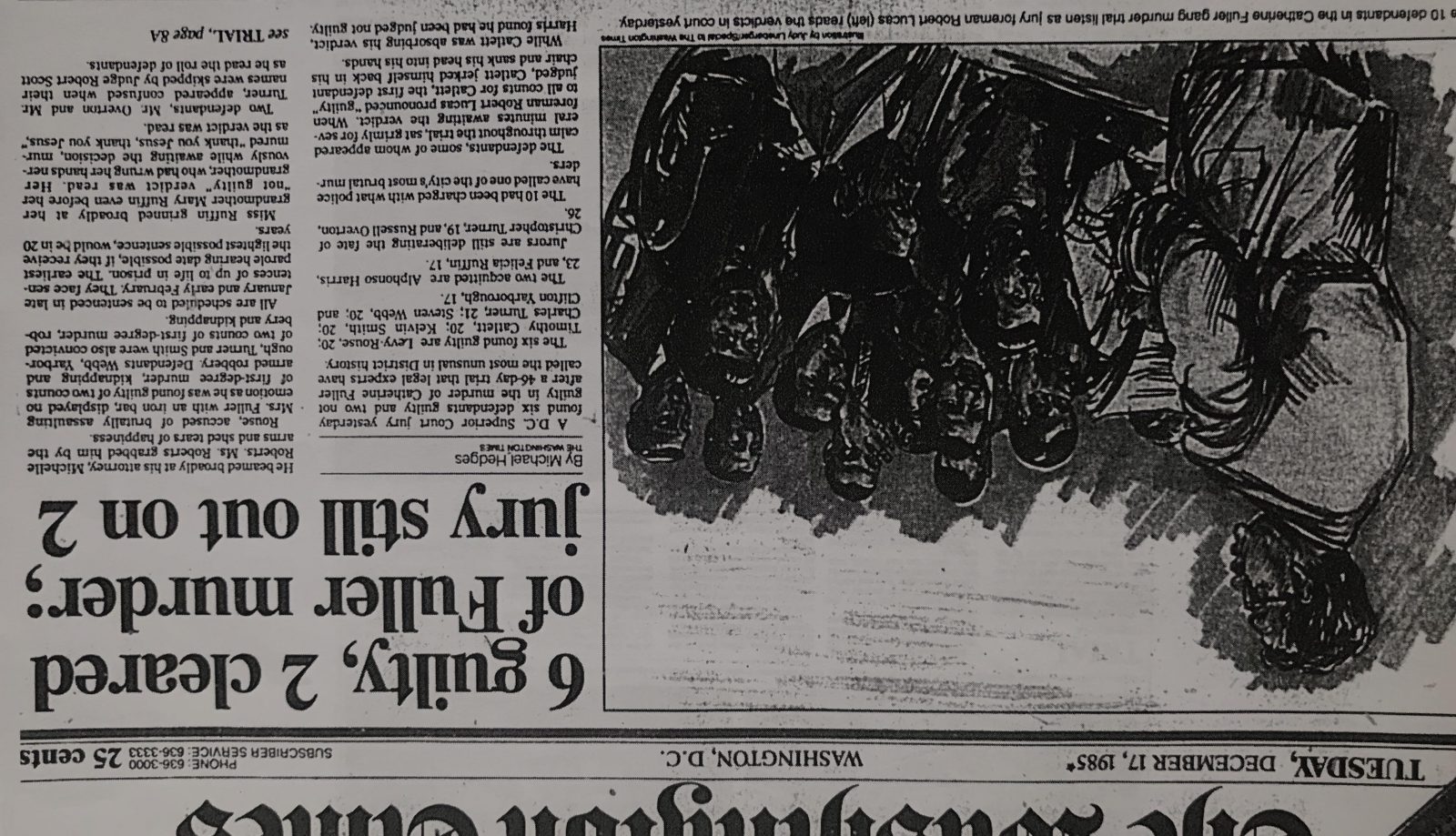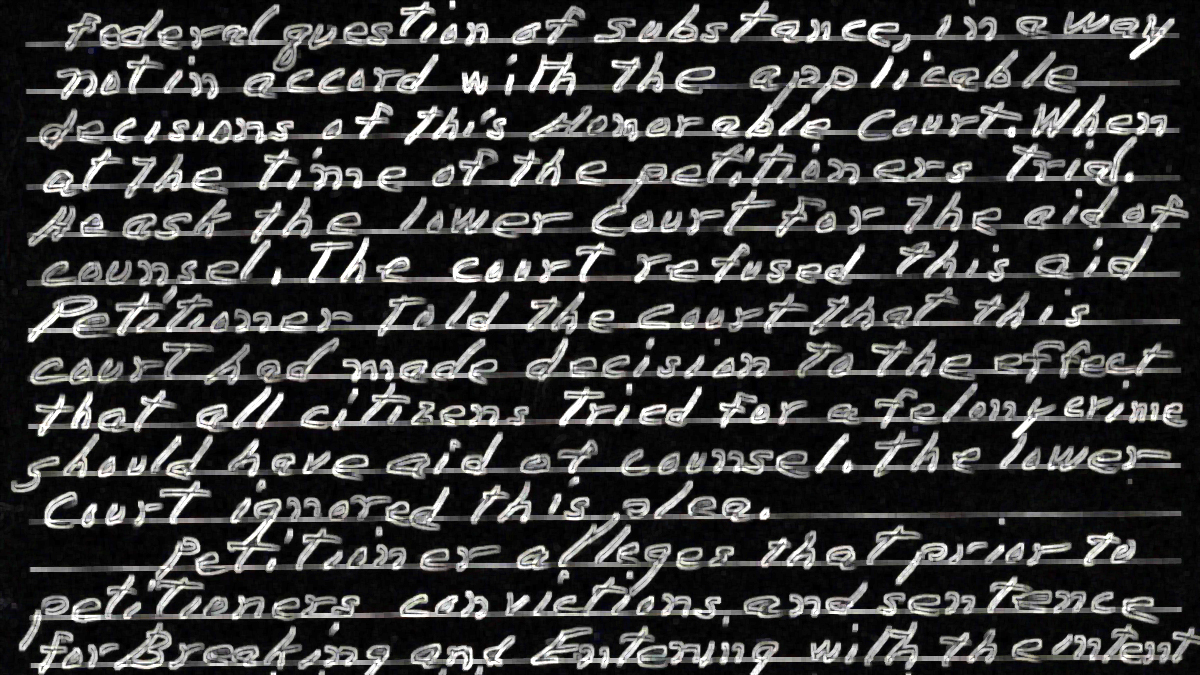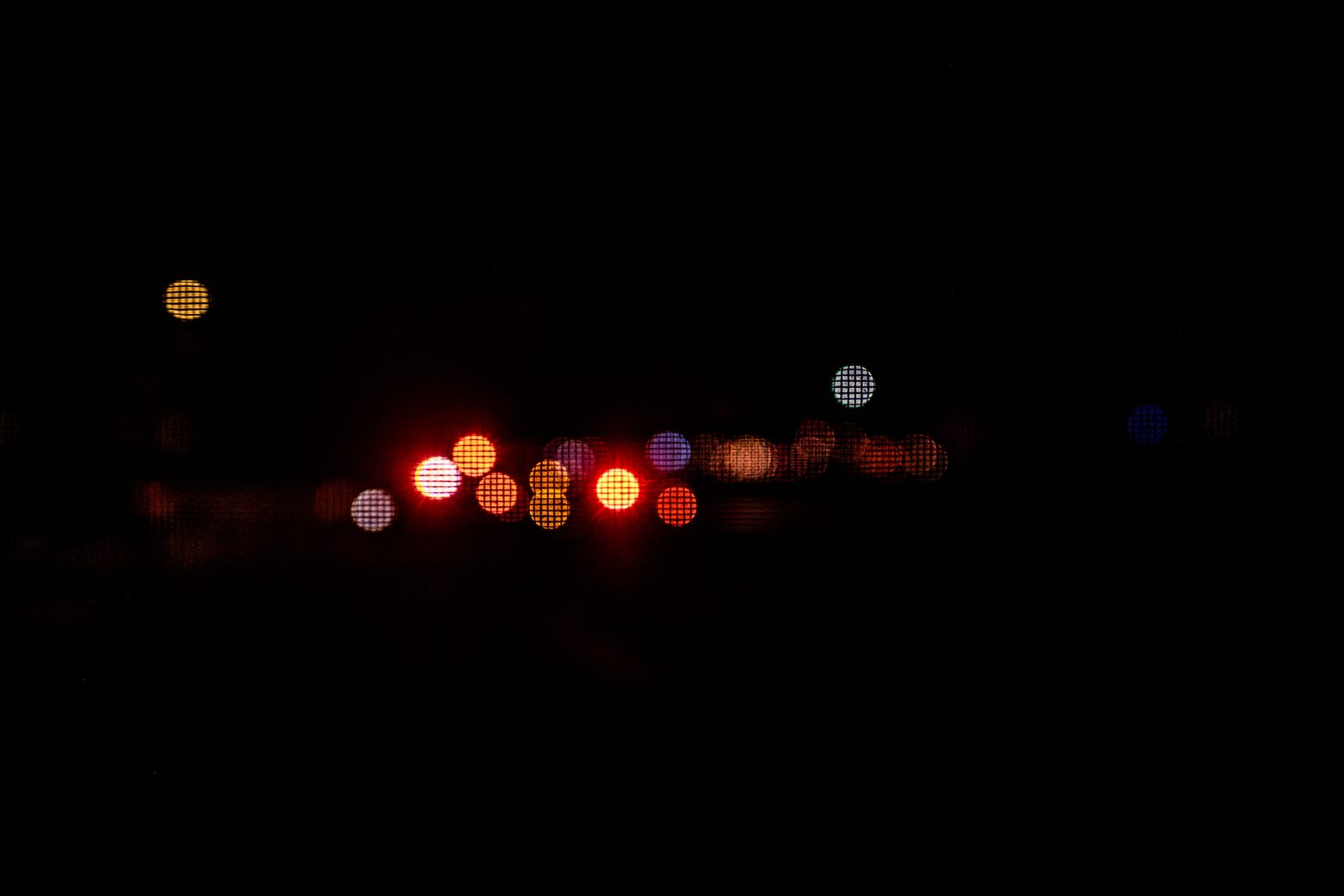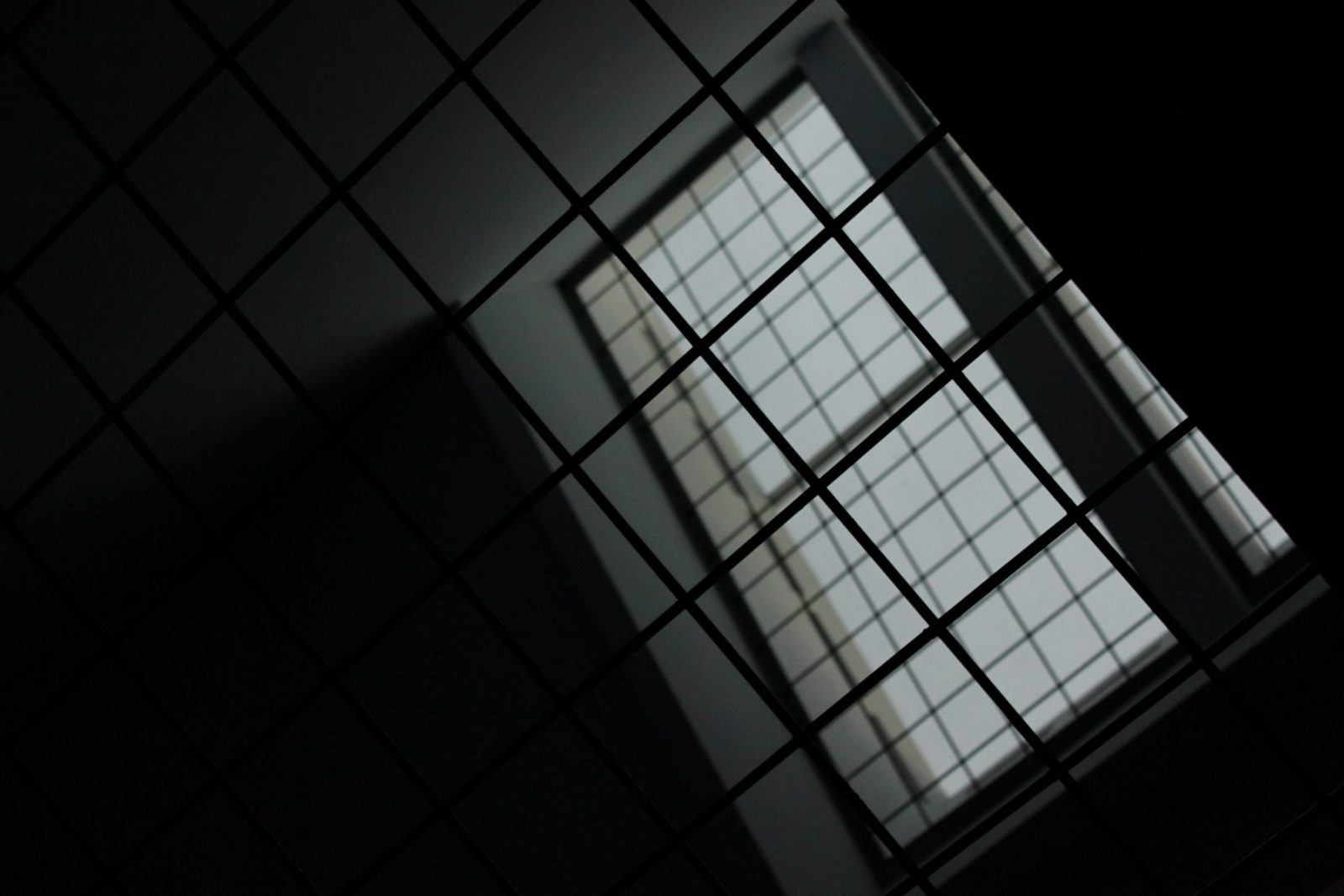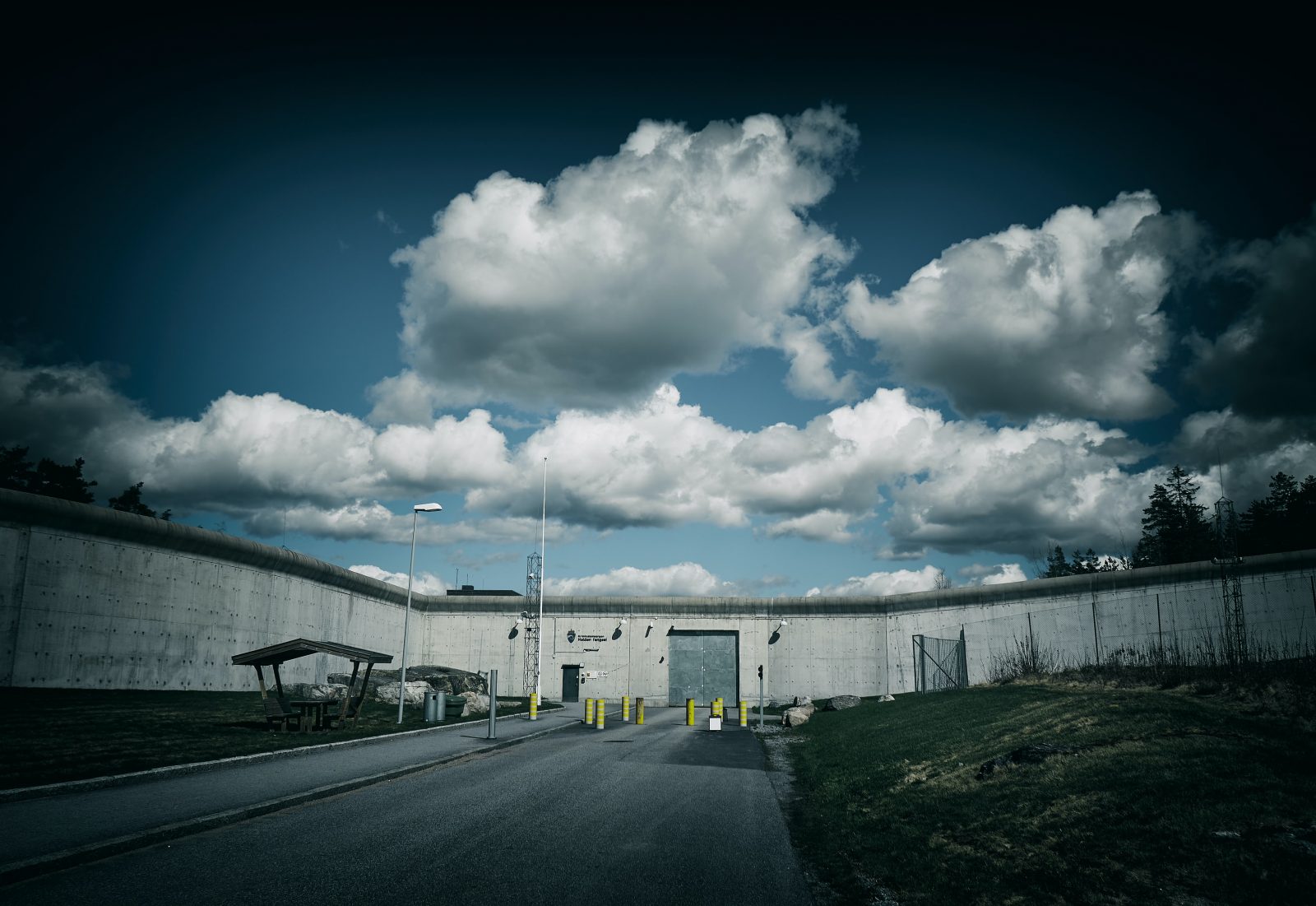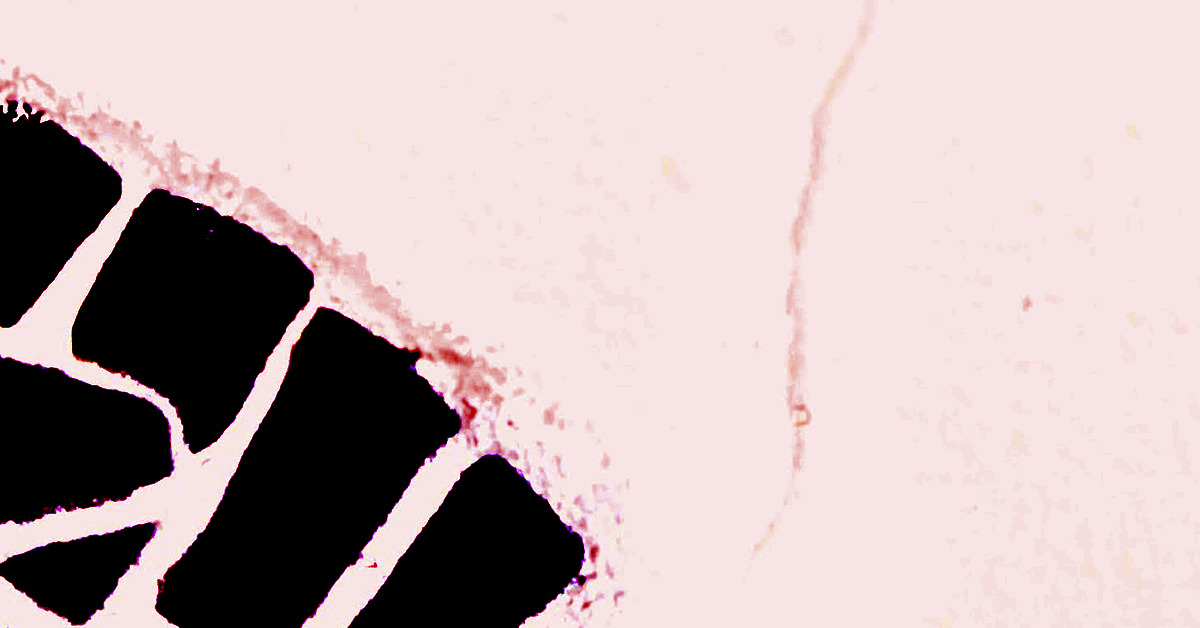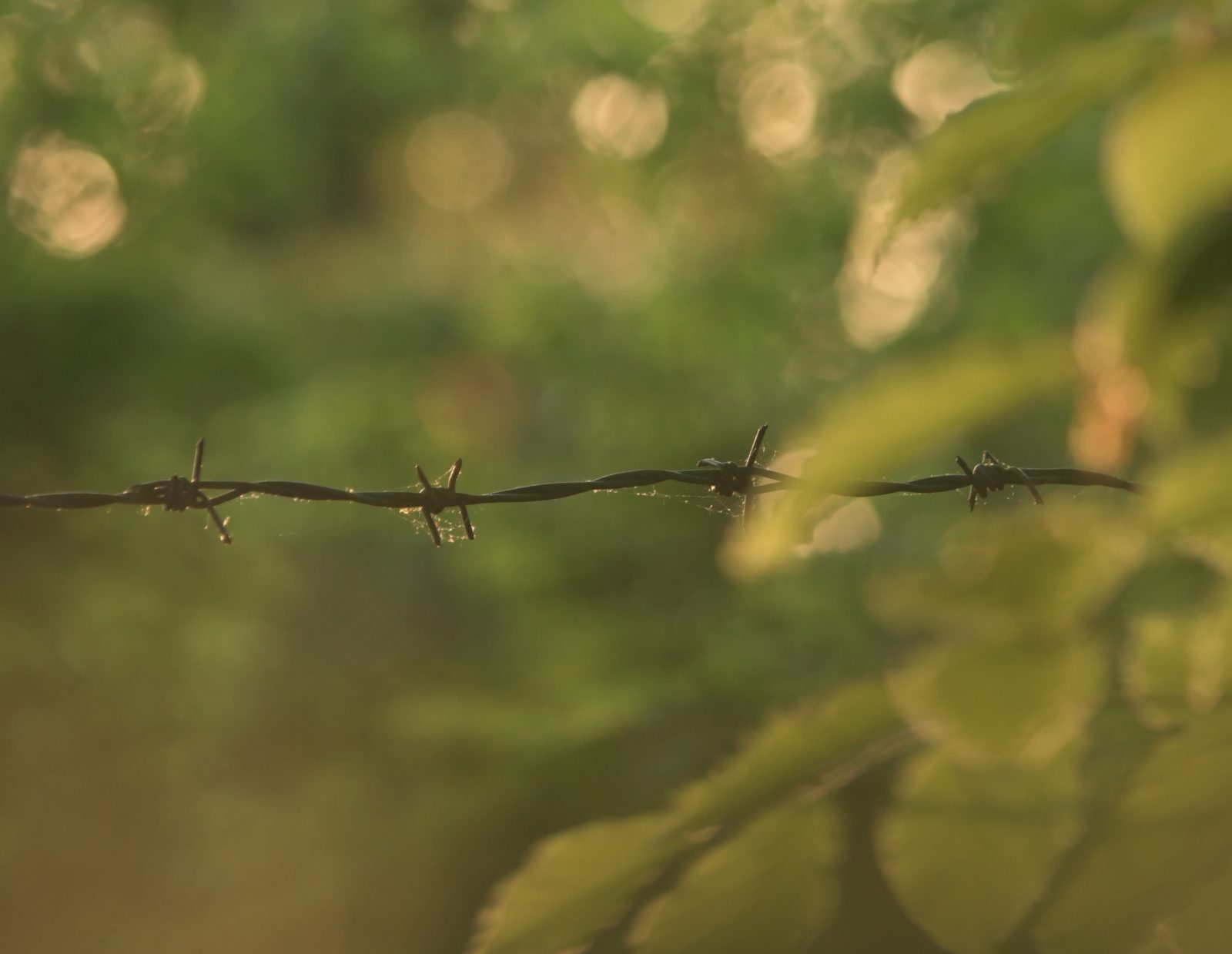As the summer draws to a close and new beginnings lay ahead, we are looking back at the essays that have resonated with Inquest readers in the past year. Since last summer, our contributors have spanned the range of decarceral thinking—strategizing about the aftermath of the Dobbs ruling, pondering the significance of the Adnan Syed case, and imagining a future where people no longer have to put their trust in the courts to set people free.
As ever, our North Star in all of this has been to elevate the work of people closest to our system of mass incarceration, whether they be people directly impacted by it, public defenders, public health and other experts who see these harms through different eyes, historians of the carceral state, journalists, or organizers and advocates working with communities, to name but a few.
Below you’ll find a representative, though not exhaustive, sampling of some of the works that moved us in the second year since our founding. Here’s hoping they move you, too—to action, to care more deeply, and to invite others to join this growing decarceral brainstorm.
Abolitionists care as much about building a new world as they do tearing down our current one, which causes so much harm and pushes us apart. In this article, readers are urged to move past our differences and engage in the radical act of caring for one another, working hard to uplift others while shunning the attitudes and practices that for so long have pushed communities down. “The state sees communal care as an ideological threat,” Kelly Hayes and Mariame Kaba write. “This is why mutual aid movements are routinely targeted and undermined by the United States government. Mutual aid projects are a manifestation of power that contradicts the state’s primary narrative about what it is, who we are, and whose purpose it ultimately serves.”
As more and more people seek alternatives to the criminal legal system for resolving conflicts, addressing harm, and bringing healing, restorative and transformative justice have grown in prominence. But as these two practitioners explain in this helpful primer, both approaches are often conflated, misunderstood, and even pitted against each other. That need not be the case—and, in fact, there’s room for both to be understood on their own terms. “Growing RJ and TJ in practice takes time, persistence, experimentation, and a willingness to let go of punitive impulses and violent systems so many of us have been conditioned to rely on,” the authors write. “And it requires making space to grapple with the tensions, contradictions, and paradoxes in ourselves, our relationships, our communities, and the practices themselves.”
An erstwhile codefendant of Angela Y. Davis in the early 1970s, Ruchell Magee isn’t a household name for many. But until his release from prison in July 2023, not long after the publication of this essay, he held the title of longest-held political prisoner in the United States, serving close to sixty years following a Kafkaesque trial. This contribution was one of four in a series by Joy James and Kalonji Changa in which they trace various abolitionist struggles of yesterday and today, including the ongoing effort to stop the construction of Cop City in Atlanta. (For the full series, click here.)
With a firm pulse on our current moment and our politics, abolitionist activist Kay Whitlock shows how the ongoing rightwing grievances against Black Lives Matter, trans rights, and abortion access—which we often euphemistically call “the culture wars”—have a long vintage. As Whitlock writes, they’re calculated and organized by people with power with the goal of punishing those they view as enemies. “Again and again, the profoundly anti-democratic notion of a deserving us and an undeserving, criminal them is distilled into an oppressive worldview and translated into governance.”
Public defenders have had a front-row seat to how misguided efforts to combat the War on Drugs have largely sent more Black and brown people to prison for very long times. Those same ill-advised efforts are now being used to justify the current approach to the war on guns—by giving prosecutors unfettered discretion to seek draconian sentences in gun-related cases. Here, three public defenders zero in on how recent federal legislation runs the risk of taking us down the same dangerous, well-worn path.
We’re in something of a golden age of prison writing, as more and more publications are amplifying the wisdom and experiences of incarcerated authors. But as two seasoned imprisoned writers explain, few are yet to take up the language of policy and argumentation to confront mass incarceration head on. In this necessary corrective, Tomas Keen and Ratif Afay show how aspiring writers and publications alike might start.
Brady v. Maryland, the Supreme Court decision that imposed on prosecutors the duty to disclose exculpatory evidence to the defense, is widely held up as a triumph for justice. But as longtime public defender Thomas Dybdahl shows, that ruling has been an abject failure in practice, doing next to nothing to eliminate abuses that are inherent to our nation’s criminal legal system.
This essay helped anchor our series of articles recognizing the limitations of Gideon v. Wainwright, the landmark Supreme Court ruling that created the public defender system, which turned sixty this year. It explores how court-appointed attorneys can leverage their numbers to collectively fight for their clients’ freedom. No single defender has the power or resources to weaken the system, but organized in unions, Bolick writes, “is how we can win both for our clients and for ourselves as workers.” (For the full Gideon series, click here.)
Criminal legal system reformers tend to place a premium on more data and better research before taking decisive action. But in the quest to end mass incarceration, this group of abolitionist writers explains, we already know enough: “If the end result of research is simply greater transparency about a basic fact we already know—that prisons are death-making institutions—or more policies that require prisons to report the cause of death more accurately, we are no closer to decarceration.”
Harm reduction plays a key role in preventing people who need care and support from being criminalized or incarcerated. But as Shira Hassan shows, even spaces long considered safe for survivors of violence are themselves harmful, and thus true safety and healing must embrace “a clear understanding of the role of violence, trauma, and survivorship in our harm reduction practice.”
Millions cycle in and out of jails every year, and thus carry with them the imprint of our criminal legal system. But Cyrus Gray, who was detained pretrial in a Texas jail for more than four years, experienced something far more troubling: “Spending nearly a fifth of my life locked up in a Southern jail has taught me, a young Black man in his twenties, that our criminal legal system is designed to ruin the lives of people like me.”
You won’t believe what happened when a pair of qualitative researchers visited Halden Prison, a Norway penitentiary praised for its “radical humaneness,” and spoke to the people incarcerated there. As the authors report: “Halden’s striking physical appearance might dazzle reporters, but it’s also a reminder of the dangerous temptation of focusing on changing prison aesthetics while failing to address the deprivations that continue to make even a ‘pretty’ prison a punitive place.”
An abolitionist scholar and longtime advocate for migrants takes apart the idea that improving how the immigration detention system works—by giving every detained person a right to a lawyer, as in the criminal system—will diminish the inherent harms of a system built to deport people and tear apart families.
A group of researchers, led by incarcerated writer Stevie Wilson, shares preliminary insights from a fifty-state survey on incarcerated workers’ attitudes toward work. As they note, this type of participatory research is a kind of power-building exercise in itself. (For the full series, click here.)
The kickoff essay from our yearlong partnership with Truthout explores how abolition is more than just theory, but a practice that people and communities are embracing in tangible ways in the here and now. “Practice helps us move closer to perfection,” Rachel Herzing writes. “Putting our ideas into practice—allowing ourselves to try, fail, and try again—will be how we move closer to seeing our visions realized.” (For the series page, click here.)
Plus 6 More of Our Favorites
Ji Seon Song
Care and Carceralism
An exploration of the myriad ways carceral institutions are entangled with the provision of medical care.
Garrett Felber
A Spirit, Unbroken
A biographer of Martin Sostre looks at his “single act of resistance”—and its lessons for everyone’s liberation.
Lisa Knox, Hamid Yazdan Panah, & Serafin Andrade
Exploited No More
Worker-organizers in immigration detention have been able to demand freedoms they otherwise couldn’t individually.
Katharine Blake
A New Clarity
On the need for new words and understandings to communicate our quest for a truly decarceral future.
Sonya Huber
The Pain of Punishment
Chronic pain sufferers have something in common with people who have borne the pain of the criminal punishment system.
Jesse Krimes & Russell Craig
The Art of Freedom
How incarcerated artists are facing, and breaking, the insurmountable barriers the system erects to their artistic expression. (Stay tuned for another event in Boston soon.)
Image: Anton Maksimov/Unsplash

